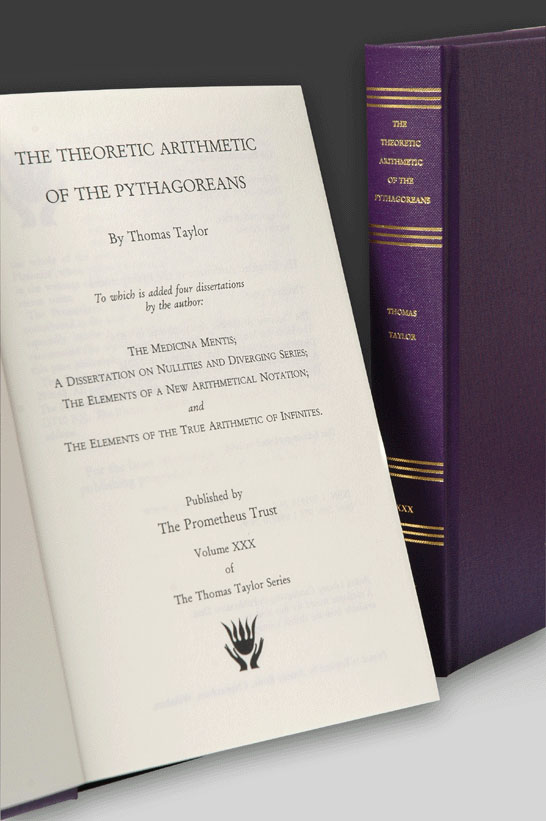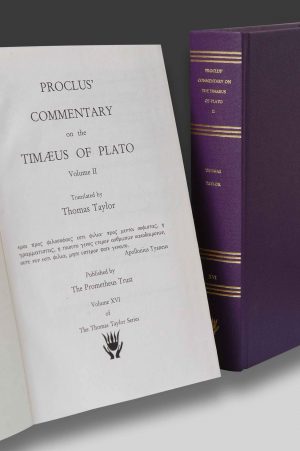Description
The works included in this volume display not only the extraordinary grasp of Platonic-Pythagorean teaching which Taylor possessed, but also reveals the pathway which led to this intellectual prize. Thomas Taylor’s first exploration of truth in his youth and early adulthood was through mathematics: it was only when he discovered that the early Greek writers of mathematics could only be properly understood when approached through Aristotle and Plato that he turned his attention to these philosophers, and those who followed them. It is doubtful whether there has been a better placed translator of Greek philosophy in the modern age to take up the task of unfolding the significance of number within Platonism. Whether or not there truly was the exhortation at the entrance of Plato’s Academy, “Let none enter here, who do not geometrise,” the sentiment was most ably met in the person of Thomas Taylor.
Of the works included in this volume the Theoretic Arithmetic of the Pythagoreans (first published in 1816) is the most extensive: as a summary of the philosophic and mystical properties of number and mathematical operations there has been nothing published in the modern age which approaches its comprehensive scope or its profundity. The Theoretic Arithmetic blazes with the bright light of true thought which eclipses the numerous modern books on number which, if esoteric, so often are mere listings of associations of numbered things; or which, if exoteric, are little more than a series of measurements. The smallest work, on the other hand, is the Medicina Mentis: in little more than a dozen pages it manages to cover the whole sweep of the divine procession which overflows from The One. The three other treatises which complete this volume (Dissertations on Infinites, on Nullities, and on a New System of Arithmetic Notation) somewhat overlap each other and the material of the Theoretic Arithmetic, but each has important insights to offer the student who is willing to peruse them.






Reviews
There are no reviews yet.